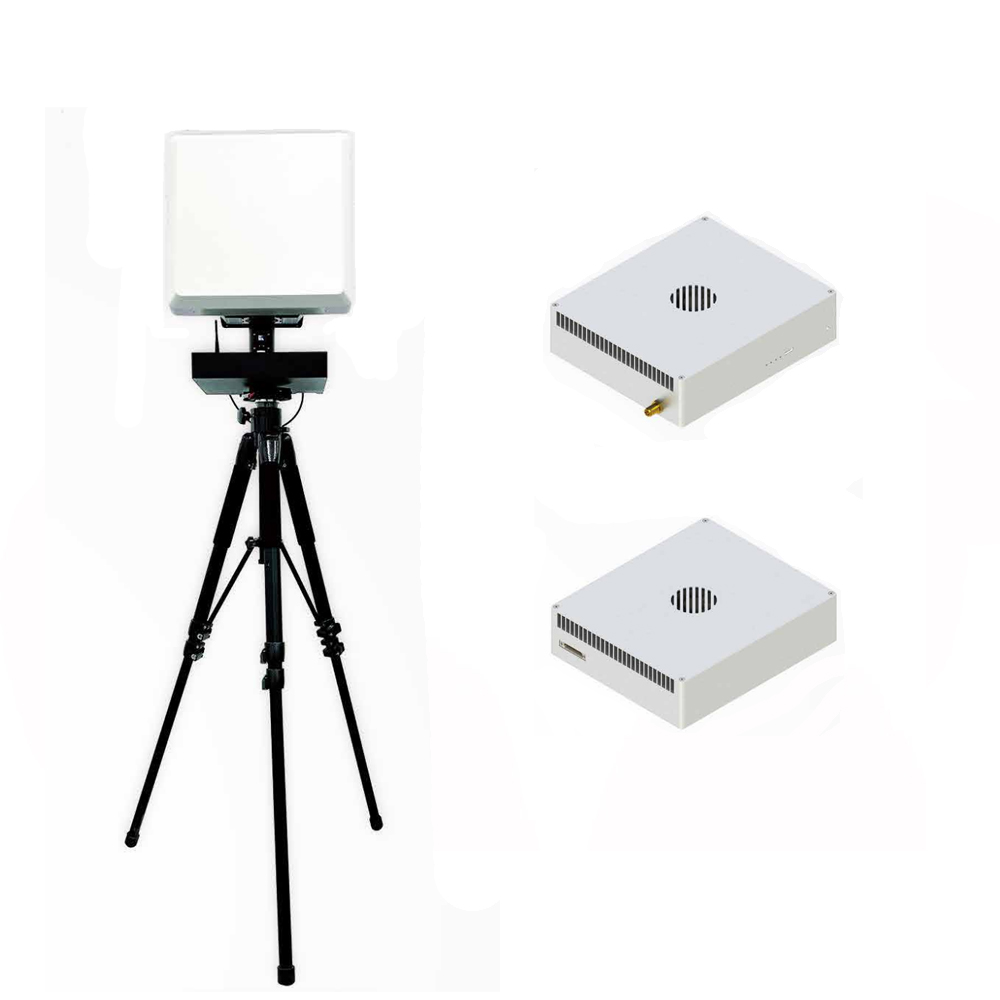Previous post
The classification of mapping cameras

The advantages of drone video transmission technology
- Post date: 14 Mar, 2024
- 125 Views
- 0 Comments


Drone video transmission technology has seen significant advancements in recent years, improving both the quality of video transmission and the range over which it can be achieved. Here are some key aspects of this technology:
Transmission Methods:
Radio Frequencies (RF): 2.4 GHz and 5.8 GHz: Common frequencies used for transmitting video from the drone to the controller.
Less Interference: 5.8 GHz generally experiences less interference but has a shorter range compared to 2.4 GHz.
Digital Transmission: Occusync, Lightbridge, OcuSync 2.0 (DJI): DJI’s proprietary transmission technologies that use adaptive streaming and automatic frequency switching for stable, high-quality video transmission.
WiFi and Bluetooth: Some drones use these protocols for short-range communication between the drone and the controller.
Factors Affecting Transmission:
Range: Advances in transmission technology have expanded the range over which video can be transmitted, often reaching several kilometers.
Latency: Reduced latency is crucial for real-time control and video feedback. Lower latency ensures quicker response times.
Interference Mitigation: Techniques like frequency hopping and signal processing help minimize interference from other devices and environmental factors.
Video Quality:
Resolution: High-definition and even 4K video transmission are becoming standard in newer drone models.
Stability: Technologies like gimbal stabilization combined with transmission protocols help deliver smoother video feeds.
Future Developments:
5G Integration: Utilizing 5G networks for drone communication could significantly enhance range, speed, and reliability.
AI-Assisted Transmission: Implementing artificial intelligence to optimize transmission paths and quality in real-time.
Improved Encryption: Enhanced security measures to prevent unauthorized access and protect data during transmission.
As technology continues to evolve, we can expect further improvements in drone video transmission, enabling more reliable, high-quality, and long-range video feeds for various applications like filmmaking, surveillance, and more.
